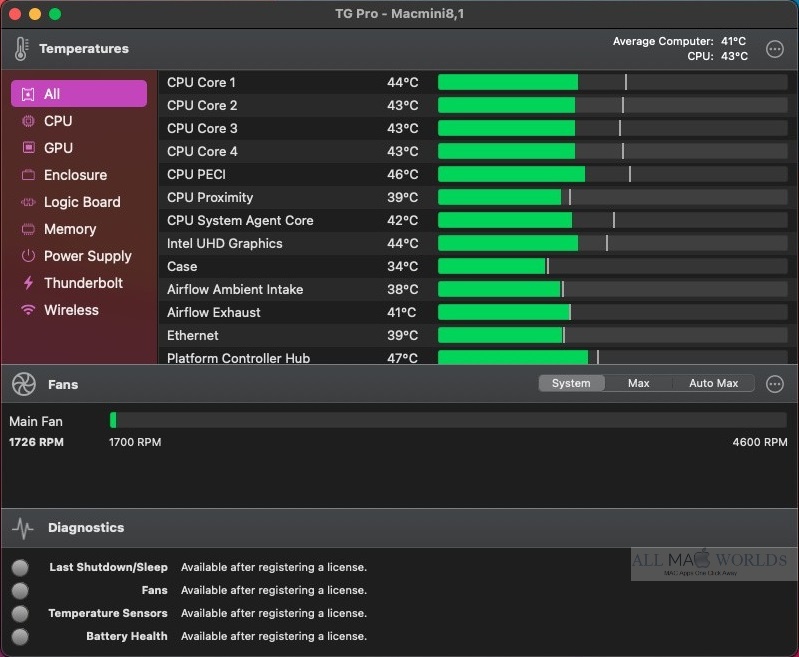

Thermaltake is hoping to catch the attention of previous Core customers and in that sense, someone wanting to upgrade the chassis might be expected to already have a riser if they wanted to have a vertical layout at all. And, if that riser cable was white instead of black or black and red it would be a very nice addition to this Snow Edition since white cables are almost impossible to find in the wild.Īlthough the guide booklet is inexcusable in my opinion, I can at least see that there is an argument against including a riser cable. I appreciate that a quality PCIe riser, especially one that is PCIe 4.0 standard, could cost £40 and more taking this chassis over the arbitrary £200 barrier but the benefits are not just for the consumer, of course, they get a cable that can be relied upon instead of hoping that the Amazon marketing is accurate, but also Tt can get customers used to their cables and get a head start against their competition when it comes time to replace it. It going to be rather frustrating to have to backtrack, not to mention the disappointment as reality takes over from the expectation of a trendy vertical layout that shows the GPU you have finally been able to afford. I appreciate that it would take a lot of paper to include every possible combination of layouts, but just a simple breakdown of the screws used, their sizes and a label to identify them easily as you progress would save a whole lot of heartache.Īnother disappointment that you might have already picked up on from the unboxing is the curious lack of any fans, as well as no PCIe riser cable in a chassis that makes so much effort to guide you into a vertical layout as you’re building it. Even the very first screws it tells you to use to connect the stand to the body look nothing like the image Thermaltake has used and it just keeps going from there. I can’t even say it’s functional since it will cause you a lot of frustration guessing which screws are expected to be used almost every step of the way. The installation guide for the Core P3 TG Pro is, to put it kindly, basic.
#Tg pro license install
Usually, we’d have a simple, straightforward and comprehensive guide to take us through those different options along with identifiers to easily work out what we need to install and how it fits together. As I mentioned earlier, there are so many options regarding layout with the most obvious being either standard or vertical positioning of the PCIe and you will need to know which parts are associated with each layout option.


Some modern conveniences have been included such as the Type-C port on the front panel IO in addition to 2 Type-A 3.0 ports and the usual 3.5mm audio ports.Īs we already showed, it’s flat packed and you’ll need to identify which components are which as well as pre-plan your build so you can work out which of those components you will need to use.
#Tg pro license full
So, while there are no full RGB glory images, I had plenty enough time to play with the chassis and understand its quirks and capabilities. Unfortunately, I only had a whirlwind tour with the Core P3 TG Pro and there wasn’t enough time to allow for a full build and photography, I’m hoping to get another go with it shortly and will be able to show off the chassis in all its glory with a fully functional computer inside. Lastly, all the other components were tesselated inside a single layer, difficult to see while packed so I’ve laid them all out here. Thermaltake Core P3 TG Pro: Unboxing Gallery USB 3.2 (Gen 2) Type-C x 1, USB 3.0 x 2, HD Audio x 1 Taken from Thermaltake’s Core P3 TG Pro product page. Thermaltake Core P3 TG Pro: Specifications The Core P3 TG Pro however delivers on those promises and then some.īefore I get totally carried away though, let’s take a wander through the specs and have a look at the unboxing gallery.

We’ve all heard marketing lingo such as “Do it your way”, or “Make it truly yours” and usually that means you get a choice of colours or sizes. The Thermaltake Core P3 TG Pro is being marketed toward those who like to experiment with the layout of their computer, and that’s because it arrives flat-packed and almost every component aside from the panels, base and iconic metal rods that hold the tempered glass pane to attention can be installed in multiple ways for various effects or not installed at all. We’ve been reviewing Thermaltake cases for almost a decade and have seen everything from budget rectangular boxes, small form factor marvels and a number of their premium Core offerings, and it’s another Core case that we’re here to review today… and it’s not for the faint-hearted.


 0 kommentar(er)
0 kommentar(er)
